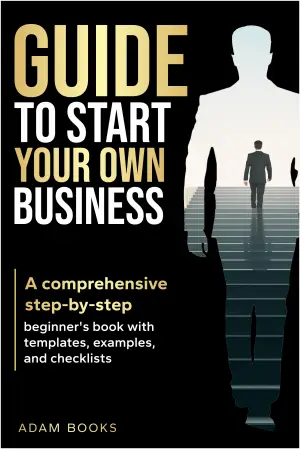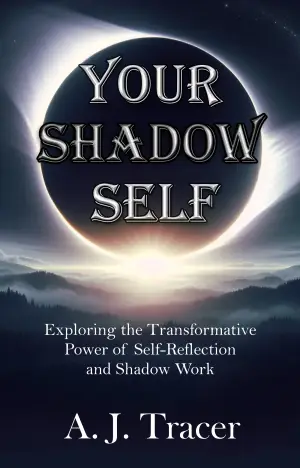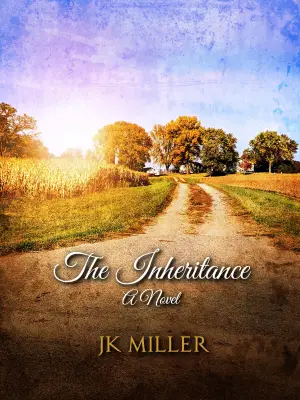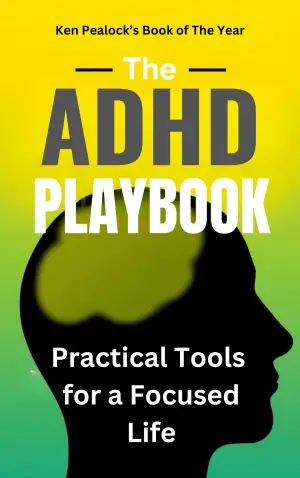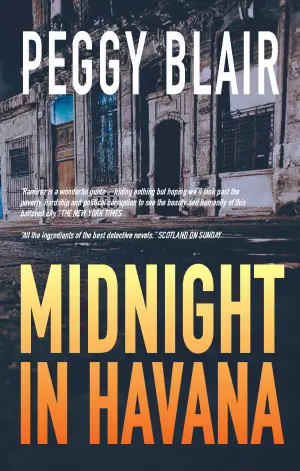Exploring the Layers of Mystery: A Personal Journey with The Lost Symbol
As a fervent fan of Dan Brown’s captivating storytelling, my heart raced with excitement when I finally cracked open The Lost Symbol, the third installment featuring Robert Langdon. With its promise of intricate puzzles and historical intrigue against the backdrop of Washington, D.C., I found myself drawn not just to the narrative, but to the deeper questions Brown poses about knowledge, secrecy, and belief.
At the core of The Lost Symbol lies the enigmatic world of Freemasonry, a theme that weaves through every twist and turn of the story. The novel begins with Langdon’s race against time to save his friend Peter Solomon, who has been kidnapped. However, this quest quickly evolves into a broader exploration of fraternity, enlightenment, and the symbolic ties that bind us. Langdon’s profound respect—"انا مش ماسون..بس بحترمهم" ("I’m not a Mason, but I respect them")—echoes throughout, illustrating the complex interplay between admiration and skepticism. This sentiment resonated deeply with me, especially in today’s landscape of distrust and misinformation.
Brown’s writing style, always engaging, has an especially frenetic pace in this novel, making it difficult to put down. He deftly combines historical insights with present-day urgency, and the backdrop of Washington’s iconic landmarks—like the Capitol and the Library of Congress—offers an immersive experience. To truly appreciate the novel, I found myself googling images of each location Langdon visits, enhancing my understanding of their significance. The way historical and contemporary narratives intertwine is a testament to Brown’s ability to bring the past alive in a modern setting.
The characters in The Lost Symbol are multifaceted, from the morally ambiguous Solomon to the tenacious Katherine, who brings her own depth to the tale. However, what struck me most was the portrayal of the Masons themselves. While the narrative at times feels like a polished advertisement for fraternity, it provokes reflection about our perceptions of secret societies and their impact on society. This duality is masterfully encapsulated in Brown’s storytelling, where the “bad guy” is often not what he seems, leaving the reader questioning every assumption.
One of my favorite moments came from Langdon’s musings on the power of the mind—how thoughts can shape our reality. This theme culminates in a poignant revelation about belief and understanding, reminiscent of the profound messages often explored in popular psychology. It challenged me to think about the power of knowledge and perspective, sparking personal introspection.
However, I must admit that The Lost Symbol felt slightly drawn out at times. The multitude of historical facts, while fascinating, occasionally led to moments of slow pacing, particularly in the later chapters. Yet, this information ultimately weaves into the larger narrative, revealing an essential connection that ties back to Brown’s core ideas of light, knowledge, and the mind’s untapped potential.
In conclusion, The Lost Symbol will undoubtedly appeal to those who revel in blends of history, mystery, and philosophical conundrums. It’s a book that not only entertains but also invites readers to ponder the deeper significance of the symbols and secrets that govern our lives. For anyone curious about the strands of enlightenment that connect past and present, this novel is a rewarding journey worth exploring. Personally, I walked away with a richer appreciation for our history and an invigorated desire to seek knowledge, much like Langdon himself.
Discover more about The Lost Symbol (Robert Langdon, #3) on GoodReads >>

